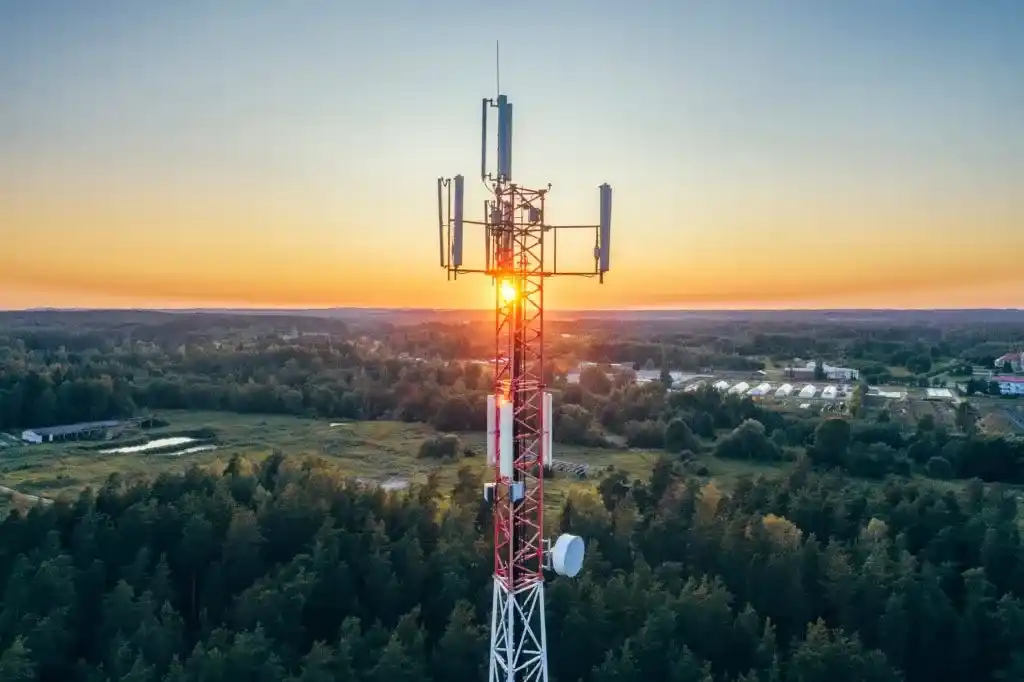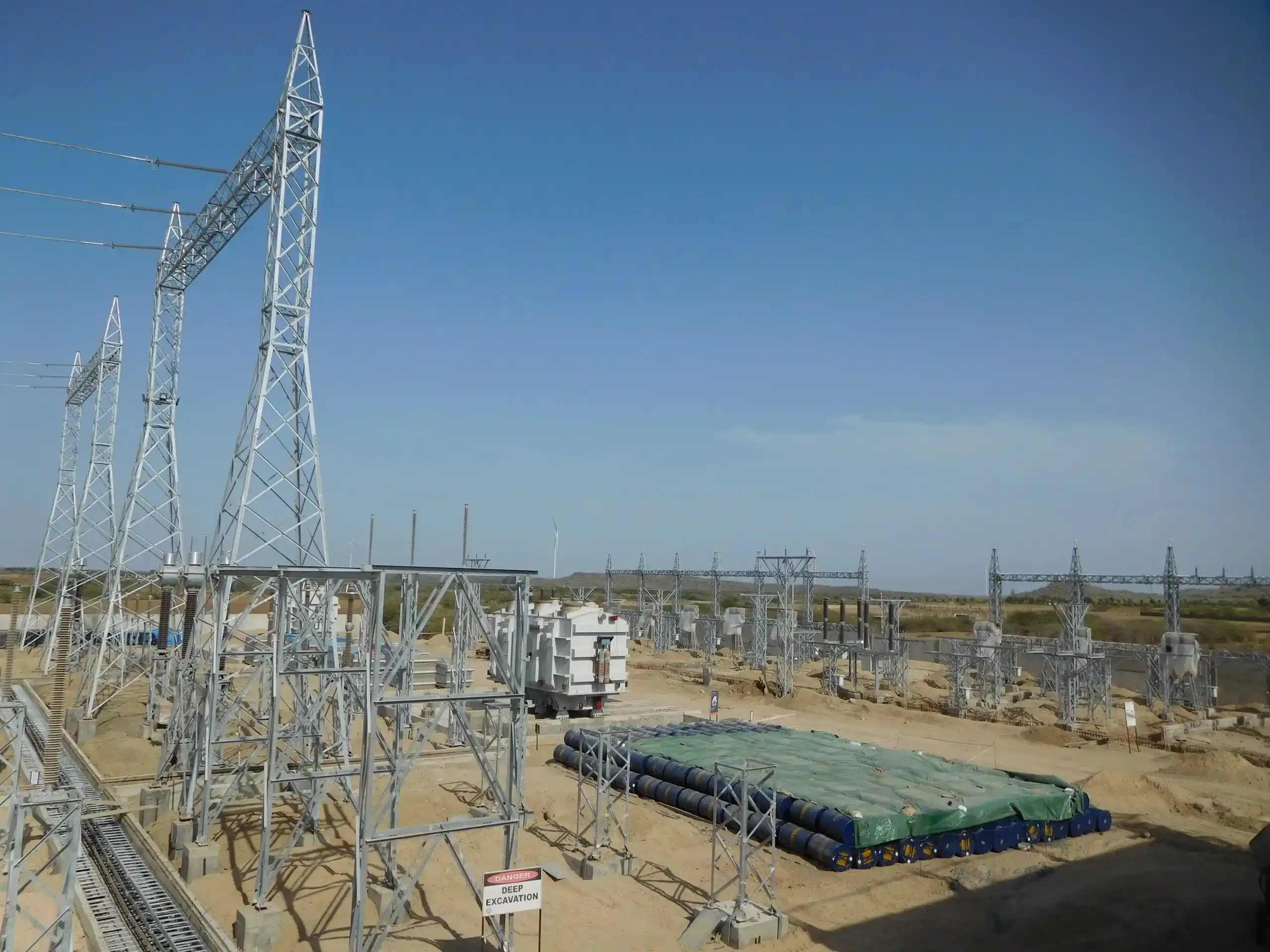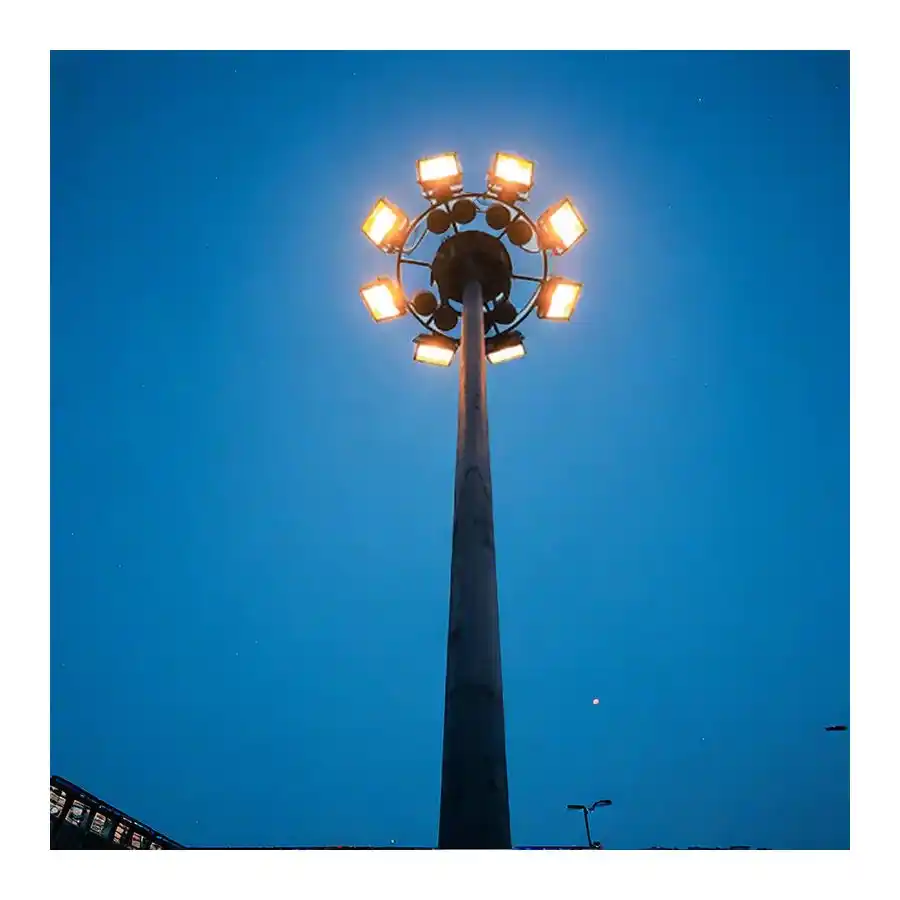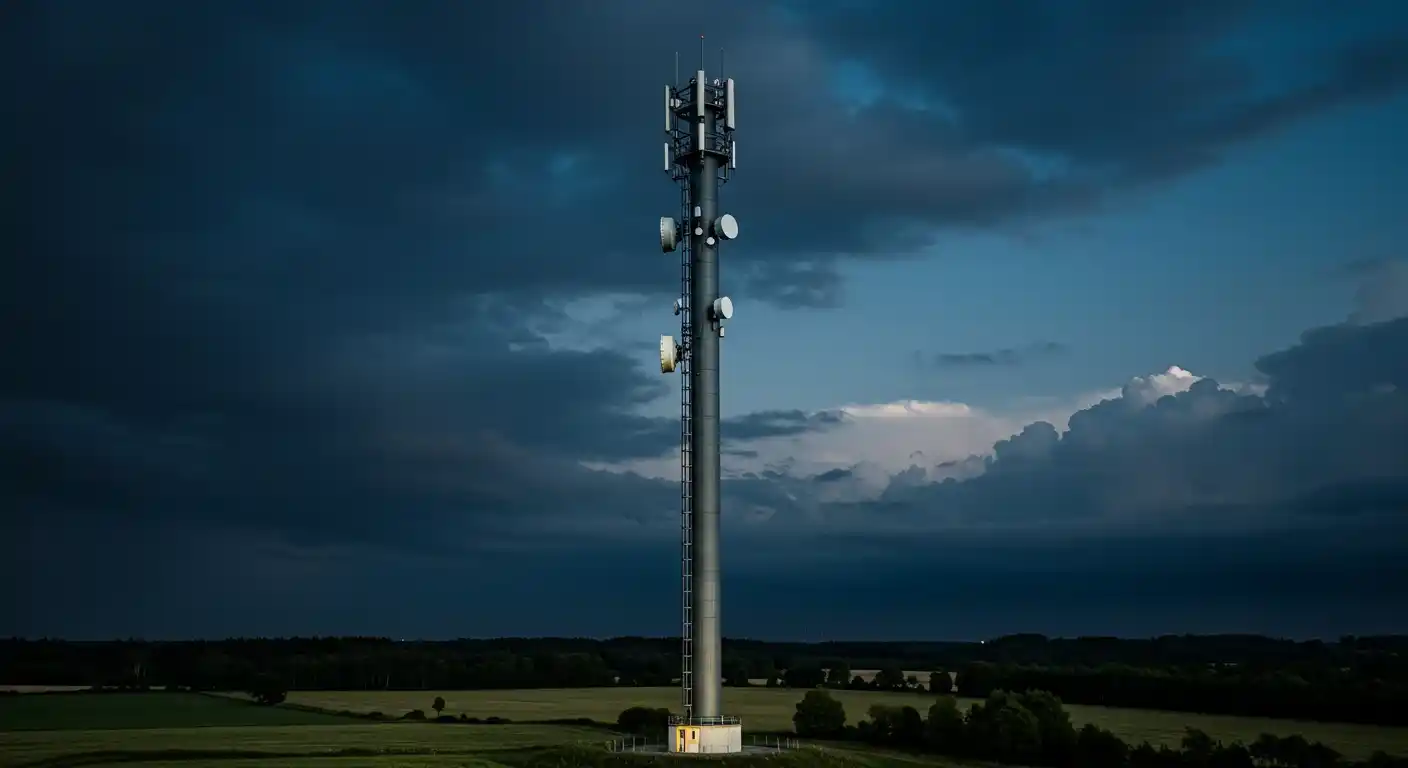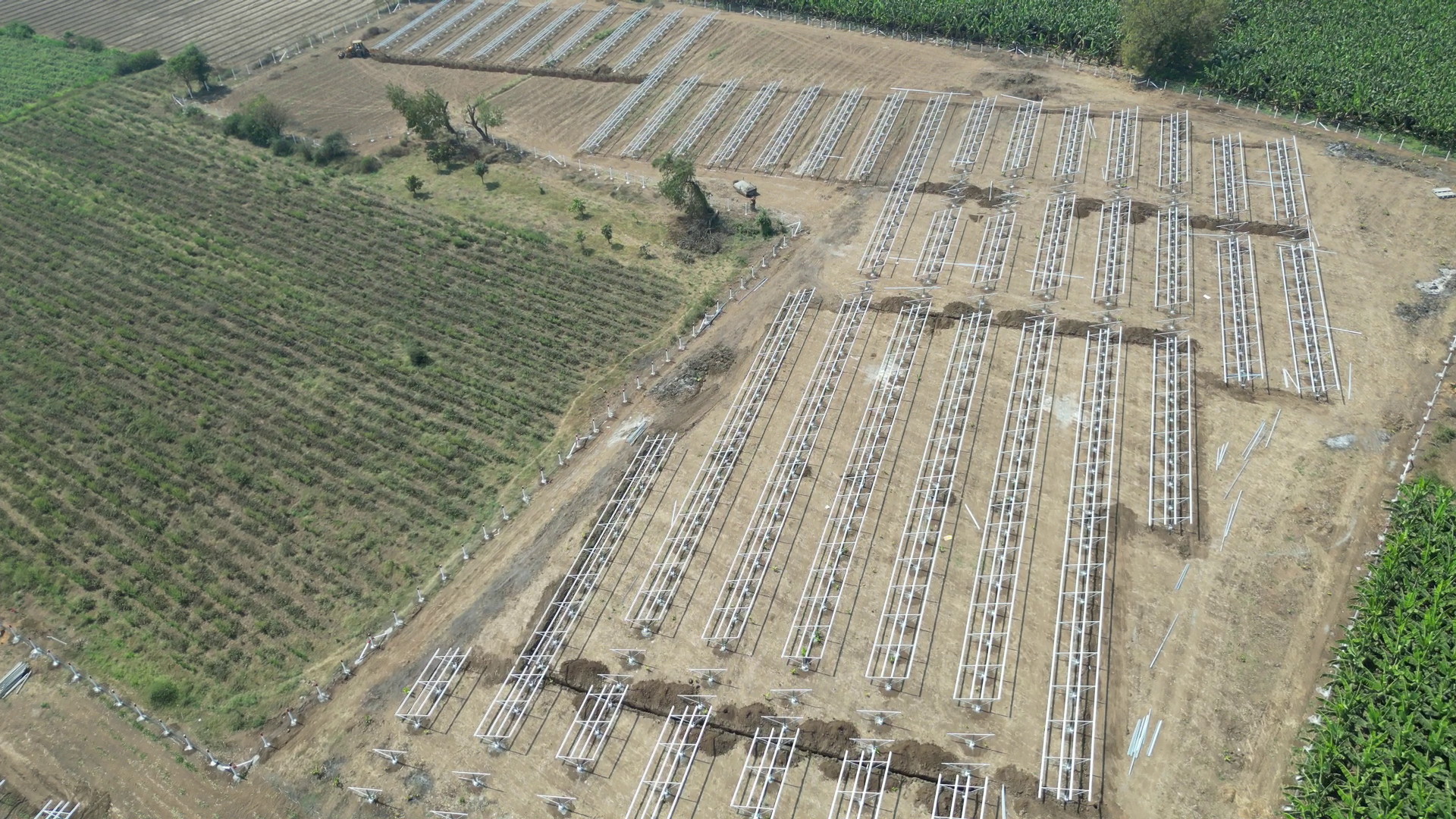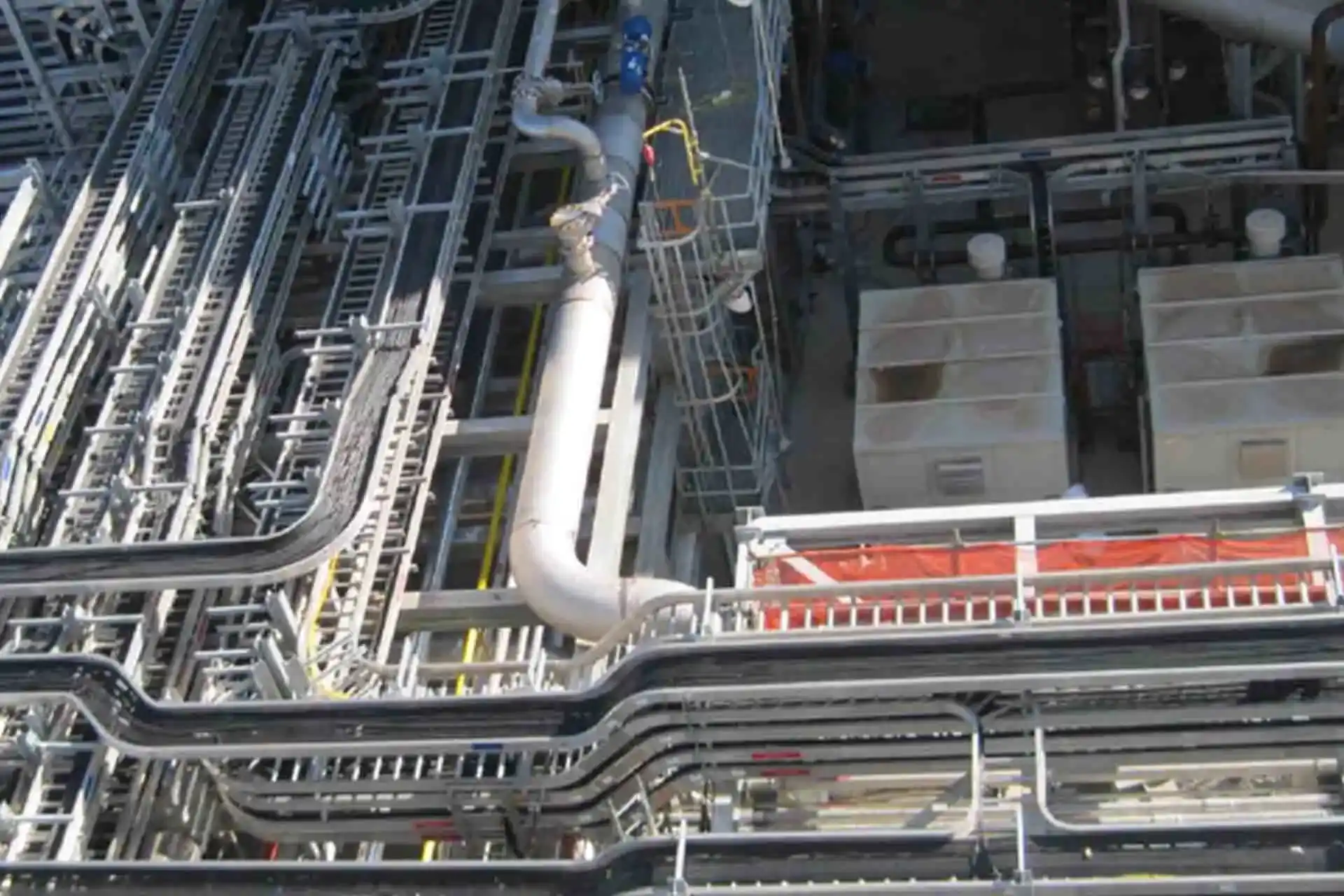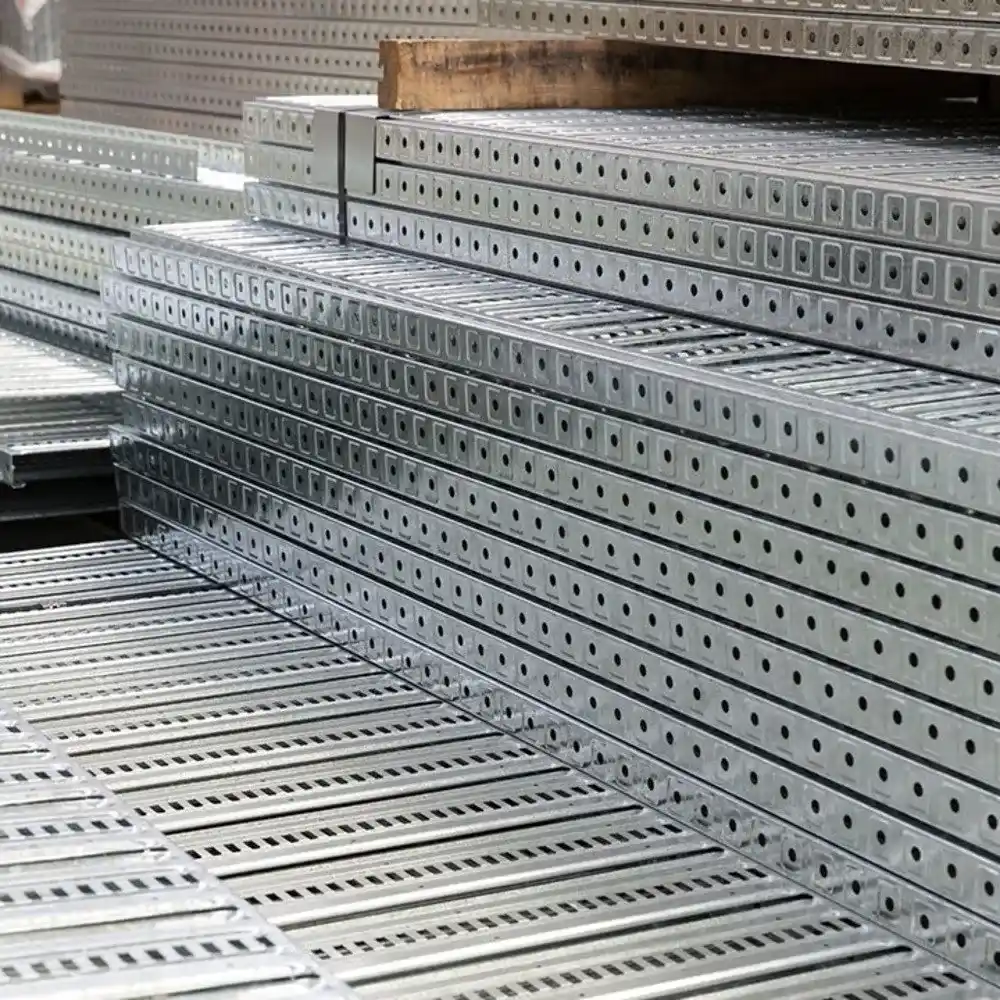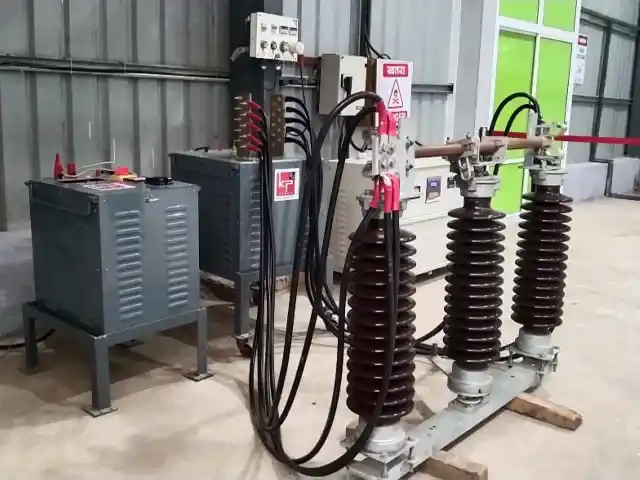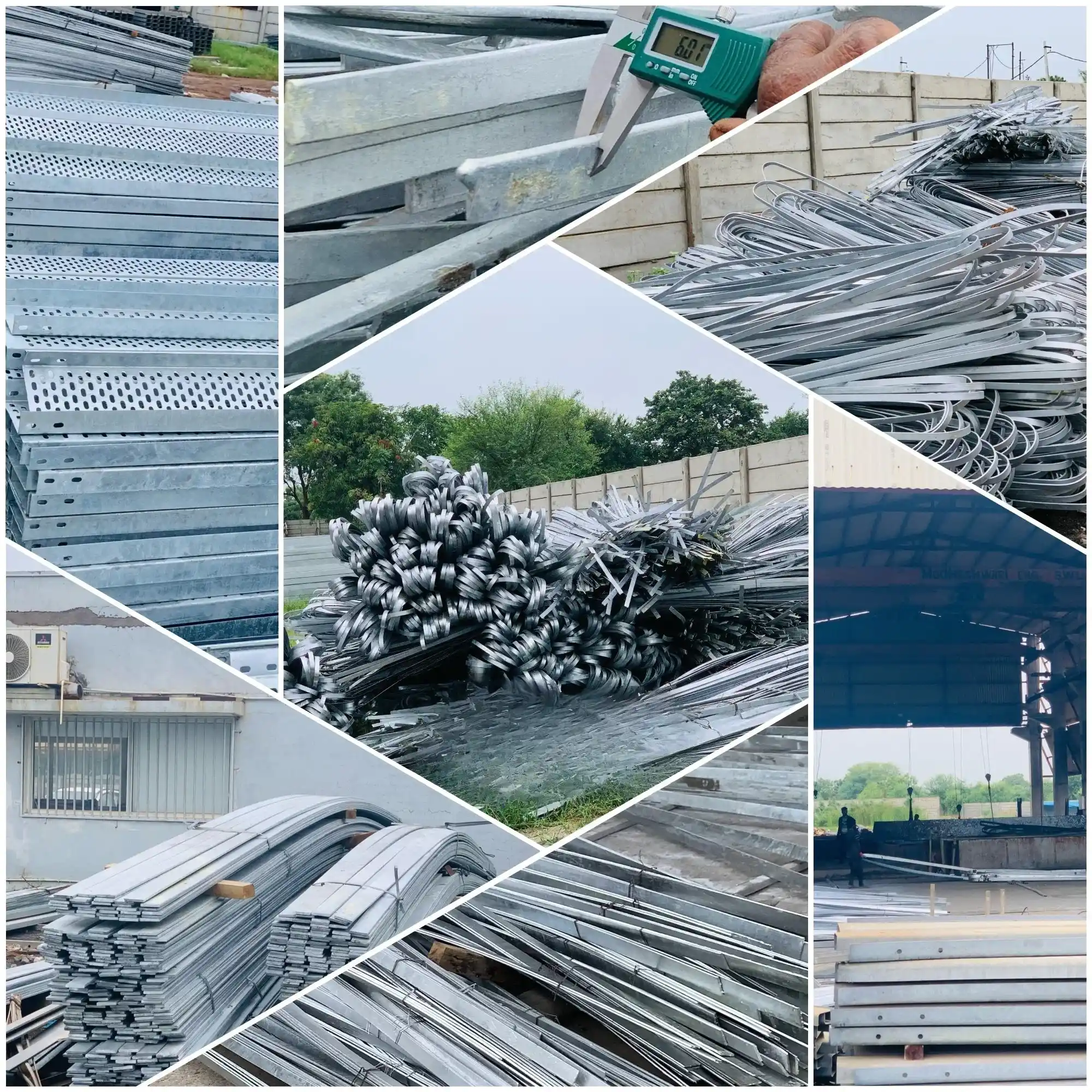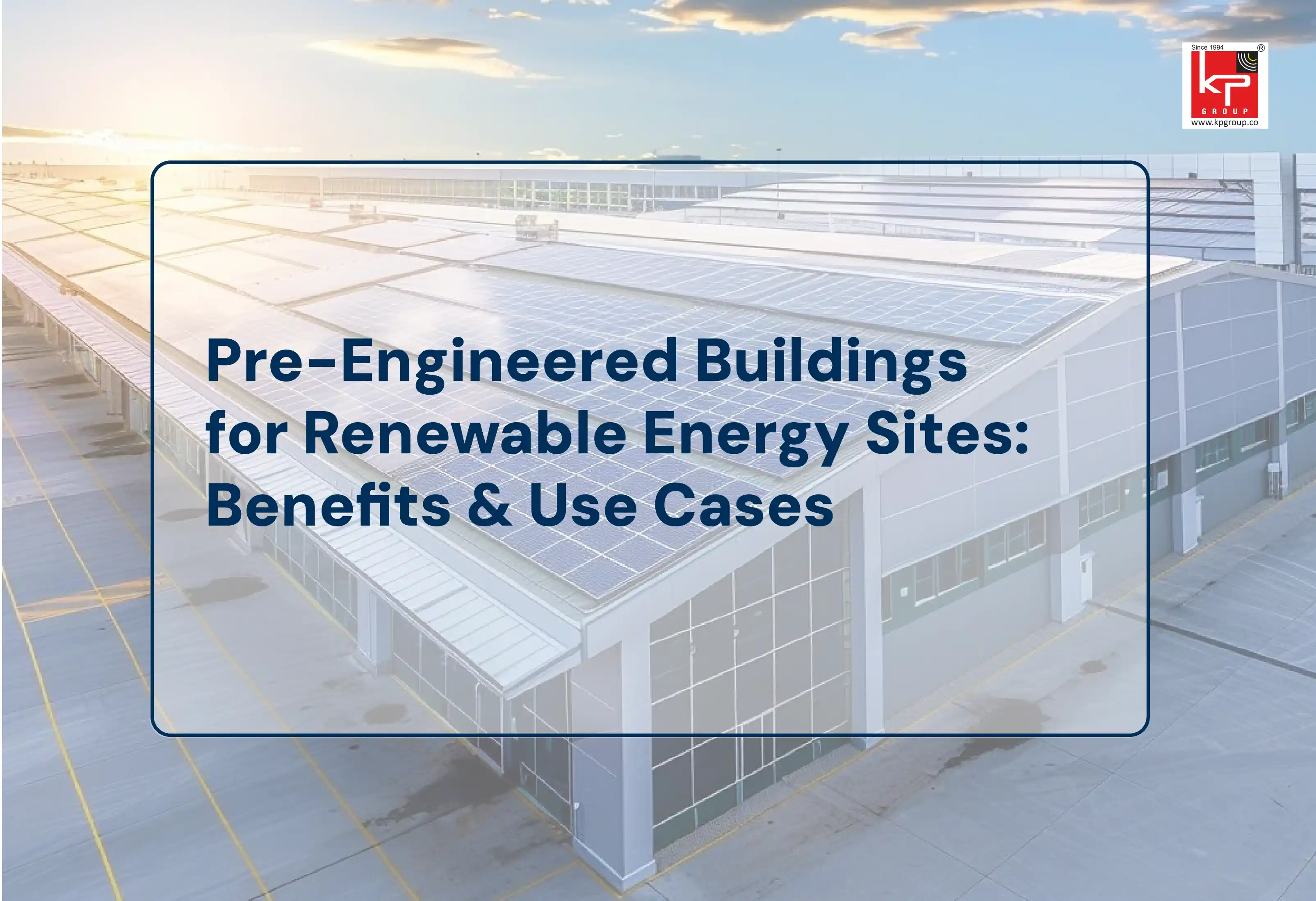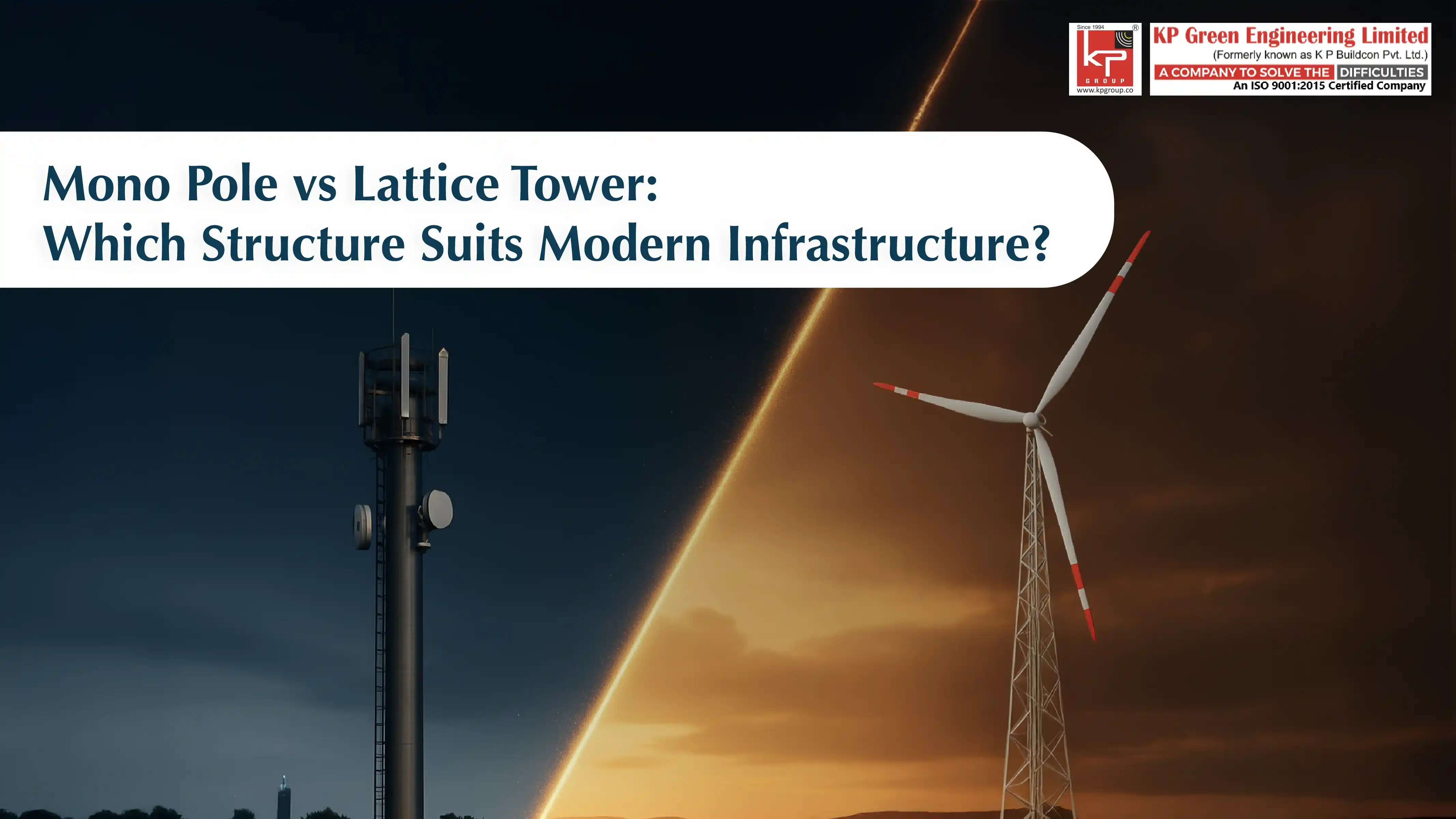
How Wind Lattice Towers Empower Wind Farms and Impact Energy Production
The wind energy sector is witnessing significant advancements, particularly with the structural design of wind turbines such as lattice towers. These towers are pivotal in enhancing the efficacy and environmental sustainability of wind farms. This article explores the impact of these structures on energy production and delves into their technological and environmental benefits brought to you by one of the Best Wind Lattice Structure Manufacturers in India.
What Are Wind Lattice Towers
Wind Lattice towers are a type of structure used to support wind turbines. They are characterized by an open framework design, made of crossed metal strips that form a pattern of squares or triangles. This design makes them lighter than solid-shaft tubular steel towers, yet they maintain the necessary strength and stability to support large wind turbines.
Comparative Analysis: Lattice vs. Tubular Towers
Lattice towers offer distinct advantages over traditional tubular towers, particularly in terms of structural efficiency and material use. The design of lattice towers reduces the total steel usage by approximately 40% compared to tubular towers. This not only results in significant cost savings in materials but also reduces the environmental impact due to lower production emissions.
- Material Efficiency: While tubular towers are typically heavier and require more material, resulting in higher initial construction costs, lattice towers are lighter and require less foundational support. This difference can lead to a reduction in total initial construction costs by almost 15% when opting for a lattice solution
- Cost-Effectiveness: Despite the complexity of their design, lattice towers can be more cost-effective in the long term. Their lighter weight reduces the cost associated with transportation and installation. Additionally, their design allows for modular construction, where sections are prefabricated and then assembled on site, further reducing installation time and costs.
- Flexibility and Adaptability: The modular nature of lattice towers makes them highly adaptable for various locations and conditions. They can be easily customized to meet specific site requirements, which is advantageous for projects in remote or challenging locations.
How Wind Lattice Towers Are Empowering Wind Farms
1. Engineering Superiority
Lattice towers, with their geometrically distinct frameworks, offer enhanced stability and strength, crucial for supporting the substantial weight of modern, larger turbine blades. Unlike traditional tubular towers, lattice designs utilize less material while ensuring high durability, making them ideal for taller structures necessary for accessing higher altitude winds. This structural efficiency not only optimizes material usage but also minimizes the ecological footprint of manufacturing processes.
Key Advantages:
- Optimized Design for Maximum Durability: The use of advanced CAD (Computer-Aided Design) tools enables precise calculations that optimize the weight-to-strength ratio. Engineers strive to minimize material use while maximizing structural integrity, resulting in cost-effective, sustainable tower designs that are both lightweight and capable of withstanding high wind loads.
- Modularity and Installation: Lattice towers are prized for their modular construction. Each segment is manufactured off-site and assembled on-site, which streamlines the construction process, reduces on-site hazards, and shortens project timelines significantly.
- Flexibility and Adaptability: The modular nature of lattice towers makes them highly adaptable for various locations and conditions. They can be easily customized to meet specific site requirements, which is advantageous for projects in remote or challenging locations.
2. Cost-Effectiveness
How do wind lattice towers prove to be economically viable in the long term? The initial investment in wind lattice towers is often higher than for standard models due to their intricate design and the precision required in manufacturing. However, the longevity and lower maintenance needs of these structures swiftly offset the upfront costs. Their ability to generate more power by reaching higher wind streams translates into a quicker return on investment through increased energy production.
Considerations for Maximizing ROI:
- Capital and Operational Cost Savings:The initial costs of lattice towers are competitive, but the real savings materialize in the form of reduced installation and maintenance expenses. Their lighter structure requires less heavy lifting equipment and fewer labor hours, translating into lower overall project costs.
- Long-Term Financial Forecasting: Investors and project developers look favorably on technologies that offer predictable costs over time. The durability and ease of maintenance associated with lattice towers ensure that they remain cost-effective throughout their operational life.
3. Environmental Impact
The design of wind lattice towers minimizes the amount of steel used per meter of height, which significantly reduces the carbon emissions associated with their production. By optimizing material use, these towers contribute less overall environmental degradation compared to their fuller-bodied counterparts. Furthermore, the increased efficiency in energy production ensures a faster displacement of carbon-intensive energy sources, like coal and natural gas.
Environmental Benefits:
- Lower Carbon Footprint: Reduced material requirements lead to fewer emissions during production.
- Enhanced Energy Output: Higher efficiency translates into more power generated per unit of natural resource consumed.
- Sustainable Practices: Emphasizing recyclability and responsible sourcing in materials enhances environmental stewardship.
4. Technological Innovations
What advancements are shaping the future of lattice towers? Technological progress in the manufacturing and design of wind lattice towers has been pivotal. Innovations include the use of high-strength, weather-resistant steel alloys and advanced manufacturing techniques like precision laser cutting and robotic welding. These enhancements not only improve the structural integrity of the towers but also optimize their weight-to-strength ratio.
- Modular Construction: This approach allows for the prefabrication of tower sections in controlled factory settings, which improves quality control and reduces onsite construction time.
- Design Optimization: Computational modeling tools enable engineers to simulate wind loads and structural stresses, ensuring that each tower design is optimized for its specific location and expected weather conditions.
5. Regulatory Compliance and Safety Standards
Compliance with international safety standards is paramount in the design and construction of lattice towers. These structures are rigorously tested to meet strict global and local regulations, ensuring they withstand extreme weather conditions and environmental stressors.
- Certification Processes: Lattice towers undergo thorough testing for certification, which includes load tests, fatigue tests, and compliance checks against international standards such as ISO and IEC.
- Safety Features: Features such as anti-climbing devices, lightning protection systems, and vibration dampers are integrated to enhance safety and operational reliability.
6. Future Outlook
As the demand for renewable energy sources grows, so does the need for efficient and adaptable infrastructure. Lattice towers, with their blend of flexibility, durability, and cost-effectiveness, are set to play a crucial role in the expansion of both onshore and offshore wind farms.
- Scalability and Adaptability: LThe ability to customize and scale lattice tower designs makes them suitable for a variety of geographical and climatic conditions .
- Contribution to Renewable Energy Goals: By enabling higher energy outputs and supporting larger turbines, lattice towers are instrumental in achieving ambitious renewable energy targets set by governments worldwide.
Conclusion
At KP Green Engineering, our commitment to pioneering in the wind energy sector is reflected in our dedication to developing state-of-the-art lattice towers. As the Best Wind Structure Fabrication Company in Gujarat we ensure that our towers are not only economically viable but also environmentally responsible. Embracing innovative engineering solutions, we continue to support the global shift towards renewable energy sources.
Frequently Asked Questions:
About Us
KP Green Engineering Ltd. provides complete engineering and steel structure manufacturing solutions worldwide, serving industries such as renewable energy, telecommunications and beyond.
Get In Touch
Latest News
Gujarat Deputy CM Harsh Sanghavi Inaugurates KP Green Engineering's Matar Facility
KP Group and Kubota use IBM Maximo on Azure to streamline reporting, optimize operations, reduce costs, and support sustainability.
Botswana president's proposed Jan visit boosts industry hopes


